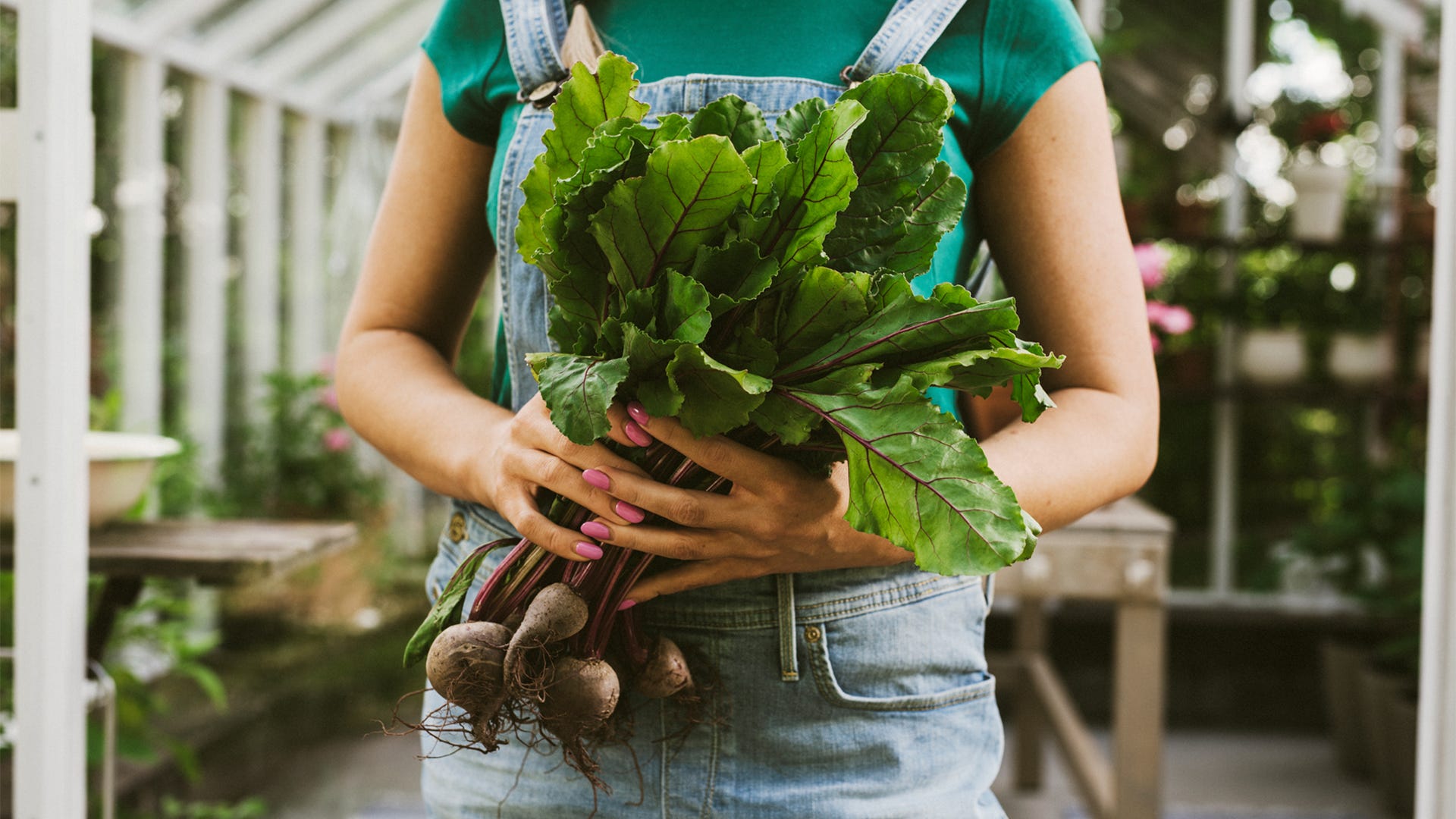
You want the biggest and the best harvest? Then it’s all about the details! With these seven key strategies, your crop will be bigger and better than ever. Achieving these results is easier than ever. Read on to learn mroe about how you can increase the size and quantity of your harvest.
1. Turn Up The Lights
Compact fluorescent and LED bulbs produce enough light for plants to grow and even to flower, but high-pressure sodium (HPS) fixtures provide the most light in the spectrum that plants need during their budding stage. HPS lights can get hot, so you need a well-ventilated room to use them.
You want to keep the lights 18 to 36 inches above the tops of the plants. Check to be sure they’re not too hot by putting your hand under the lights at the same height as the tops of the plants—if it’s too uncomfortable for you, it will be for your plants as well.
2. Change Nutrients for Each Stage
Plants need the macronutrients of nitrogen, phosphorus, and potassium throughout their growth, but the proportions of each element—collectively called the N-P-K ratio—change as the plant grows. In the early stages, you want the plants’ energy directed into growing stout stems and dense leaf canopies. The bigger the leaf area, the bigger your buds will be. Nitrogen is the nutrient needed most for this green growth.
When plants reach their mature size and begin flowering, they need more phosphorus, the nutrient most essential for budding. Check the N-P-K ratio listed on every package of nutrients to be sure that you’re using a high-nitrogen formula during the vegetative stage and a high-phosphorus fertilizer when your plants are flowering.
3. Train Your Plants
As plants grow taller, the bigger leaves on top shade the lower leaves and branches. That can lead to small plants with buds on only the highest tier. By gently bending the top of a plant, you bring light to the lower leaves, increasing the colas (nodes where buds form) and bringing light to lower-level buds.
Tie the bent stems to thin bamboo sticks with twine to keep them in place—just remember not to cinch the ties so tightly that you cut off the circulation of vital fluids in the stem and branches. This low-stress training technique is more effective at increasing bud size and quantity than snipping off the top leaves (known as topping) as many growers do.
4. Bone Up On Your Feeding
Phosphorus is the critical nutrient during the budding stage. Bone meal, a natural plant supplement, is loaded with phosphorus and calcium, which activates key growth-regulating hormones essential for flowering. Weekly doses of bone meal, starting just before budding begins, ensure that your plants have the phosphorus and calcium they need to bud abundantly.
Take note, though, that these supplements are on the alkaline end of the pH scale and that at a pH above 7 (neutral), plants are less able to absorb phosphorus. When using bone-meal supplements, check the pH of your nutrient solution and, when needed, use natural acids to bring it down.
5. Control Temperature and Humidity
Plants are most vigorous when the temperature is 75 to 85 degrees Fahrenheit during the day (or when the lights are on inside) and 70 degrees Fahrenheit when it’s dark. In warmer conditions, plants tend to wilt. When it’s colder, plants are stressed and stop growing. Disruptions such as these diminish the plants’ energy for bud production.
Humidity helps keep your plants hydrated, preventing the drought stress that can slow their growth. With water used constantly in indoor gardens, grow rooms tend to have high humidity, often as much as 80 percent. Too much humidity can lead to fungal diseases, including those that can turn your buds into a mildewy mess.
As plants begin flowering, reduce the humidity in your indoor garden to 50 percent, enough to ensure that there is sufficient moisture during this intense stage of plant growth but not so much that you lose buds to mold. The simplest way to reduce humidity is through ventilation with outside air, which outside of tropical climates is closer to your ideal.
6. Pump Up CO2
Carbon dioxide is the fuel for photosynthesis, the process that plants use to convert light into growth. The atmosphere has about 400 parts per million (ppm) of CO2, enough to sustain plants outside. In an enclosed indoor space, CO2 levels can drop as plants absorb it from the air, slowing their growth.
Consistent ventilation with outside air is all the CO2 plants need during budding. More CO2—as much as 1,500 ppm—will amp up your plants’ growth rate and yields. Pushing the level to as much as 1,500 ppm of CO2 makes the maximum amount available to your crop during the crucial period when the buds are forming and fattening up. You can get a simple CO2 generator for less than $120.
7. Be Patient
When you see buds maturing, you’ll be tempted to harvest them. If you can wait, you’ll see that buds bulk up noticeably in the last couple weeks before they finish growing. Give the plants only water—no nutrients—after you see the buds are mature. Hold off on picking them for another 10 to 14 days, when they’ll be at their peak.
Which Step Helped You The Most?
Let us know on our Facebook page. You can find all sorts of photos, videos, tips and more there! If you want exclusive offers, access to updates on new products and articles or just want to hear more from us, sign up for our e-newsletter. If reading and learning as much as possible is more your style, head over to view our learning center where you can get more in-depth knowledge about a variety of subjects!



